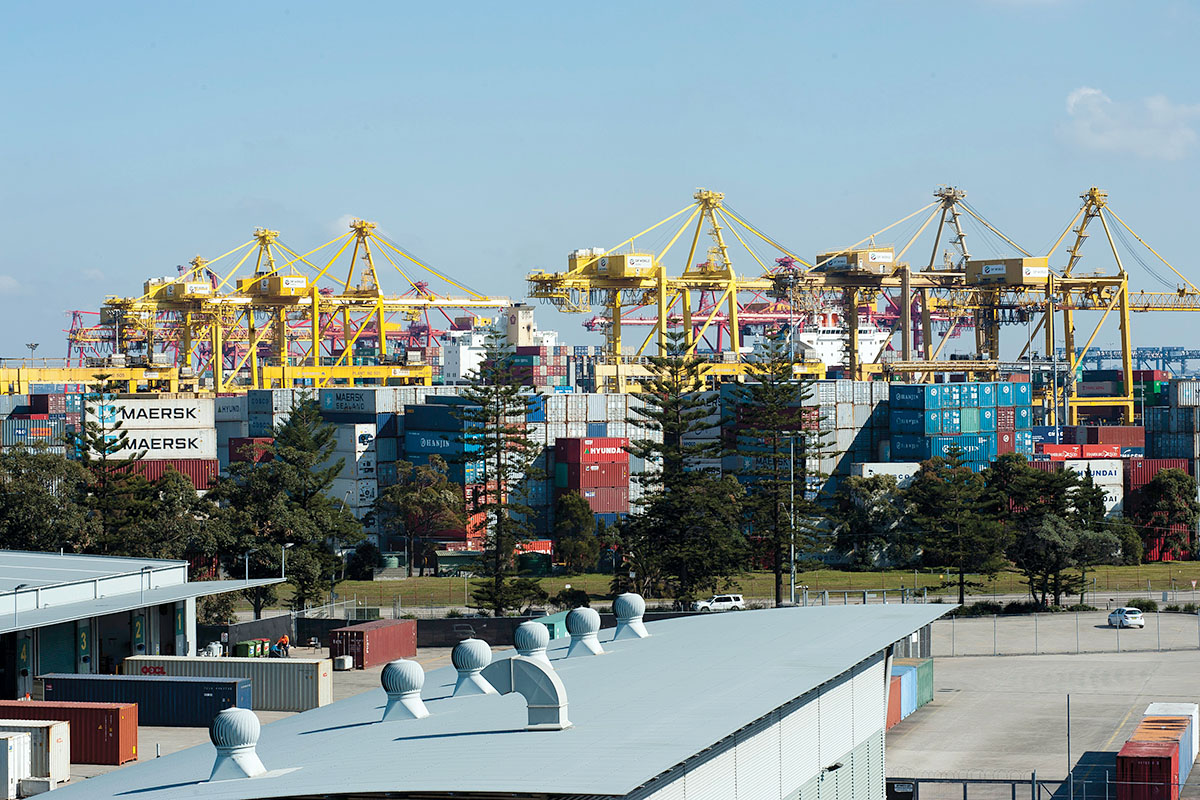Port Botany, Port Kembla and the Port of Newcastle are three of the state's largest ports. The ports are recognised as state significant precincts due to their importance to the NSW economy.
Chapter 5 of the Transport and Infrastructure SEPP outlines the rules for land-use and development at the three ports. These rules promote the efficient development and operation of the ports, and help support their contribution to the state’s economy.
Proposed amendments for ports Kembla, Botany and Newcastle under consideration
From 6 March to 16 April 2024 we exhibited changes to Chapter 5 to ensure all 3 ports continue to operate efficiently.
The proposed changes were to:
- allow bulk liquid storage tank development as complying development on land in the lease area at Port Kembla, supported by a land use safety study – read the Port Kembla Land Use Safety Study Overview Report (PDF, 1.2 MB)
- extend the non-hazardous exempt and complying development provisions that apply within the lease areas to surrounding industrial land at Port Kembla
- update heritage item information, fix discrepancies between food and drink premise clauses, and clarify complying development provisions for modification to bulk liquid storage tank pipelines and flowrates.
These changes were exhibited along with several other changes to the Transport and Infrastructure SEPP to improve infrastructure delivery times.
We are currently considering feedback from submissions received.
For more information on the changes exhibited, visit the NSW Planning Portal.
Hazard studies
The Transport and Infrastructure SEPP sets categories of development that can be undertaken as complying development at the three ports. Some of these involve potentially hazardous activities.
A hazard analysis, fire safety study or a hazard and operability study may be required for these complying development activities, such as bulk liquid storage tanks. A hazard audit is also required for some activities.
These technical studies must be prepared by a qualified person approved by the secretary of the Department of Planning and Environment. The approval is valid for 3 years.
SEPP Amendment
In July 2022, the NSW Government finalised changes to the planning rules to enable additional, essential, day-to-day development on land at Port Botany, Port Kembla and Port of Newcastle, to be undertaken through a streamlined assessment pathway. The changes also sought to protect land at, and adjacent to, the three ports for port and industrial-related activities, aimed at promoting their efficient operation.
Changes to extend some complying development activities to be permitted on land within the Mayfield area, Port of Newcastle via the fast-track planning pathway have been informed by the preparation of a land use safety study.
Visit the Port of Newcastle to view the Port of Newcastle Land Use Safety Study Overview Report 2017 and the Mayfield Precinct Societal Risk Figure.
Find out more about the finalised SEPP amendment.
Changes to the Port of Newcastle Intertrade site
The NSW Government made an amendment to Chapter 5 Three Ports in August 2022. This change brings land known as the Intertrade site at 99 Selwyn Street, Mayfield North at the Port of Newcastle into Chapter 5.
Zoning of the Intertrade site under Chapter 5 Three Ports brings regulatory certainty to the planning controls that apply to the site.
The site has been zoned SP1 Special Activities. Some development will not be allowed without approval. This includes some exempt, complying and permitted without consent development.
Additionally, heritage incentive provisions will not apply to the site. This ensures that development at the Intertrade site undergoes a thorough development assessment process, including community consultation.
The changes will maintain the current zoning on the Intertrade site, whilst ensuring that there will be appropriate oversight of land use safety planning from activities occurring and approved surrounding the site, and development proposed on the site.
Ministerial directions
The Minister for Planning has set additional rules for councils in relation to development contributions for projects related to the three ports.
More details can be found in the following planning documents:
